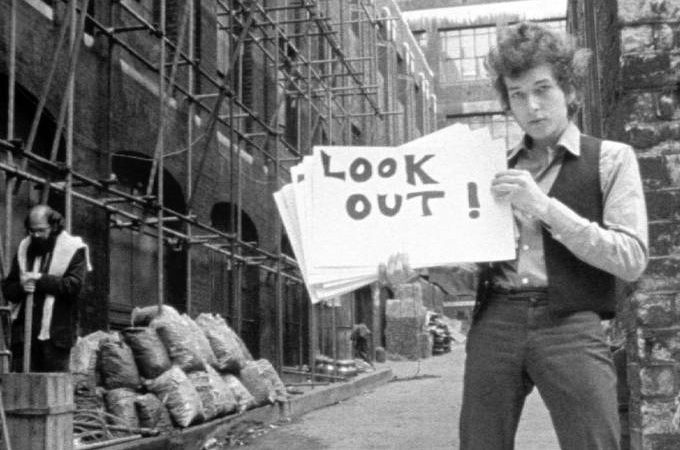
Is a Picture Really Worth a Thousand Words?
By Catarina Araujo
In an age where serious businesses are using image-heavy channels such as Instagram, Snapchat, and Pinterest to communicate with and engage their customers, what role do words play in a company’s communications? A single image (carefully curated with the most appealing filters, of course) is now the benchmark for B2C marketing. Have words lost their relevance in favor of easy-to-digest imagery? And what consequences does this have for your brand?
Perhaps this change stems from a minimalist shift in marketing trends (“less is more”). Or it may be a consequence of the competitive and fast-paced modern society in which we live: a Darwinian approach to marketing where, if you don’t get your message across to your audience concisely or quickly enough, your competitors will.
In such an environment, you might begin to question what value (and consequently, what budget) you should assign to brand stories, written communications such as newsletters and blogs, and word-heavy advertising. Perhaps your budget is better spent on a good photographer than on a good wordsmith. But before you take any decisive steps, let’s analyze the matter in greater depth.
It’s true that images play an increasingly prominent role in communications: even Twitter, originally a text-based social network, has become saturated with images. Tweets with images perform better than word-only tweets (313% more, in fact). But this is only one half of the story.
More often than not, it’s an attention-grabbing article title, not a beautiful picture, that generates click-throughs. Sure, the beautiful image will cause a user to pause momentarily, but it’s the title that influences whether they keep scrolling through their feed for something better or click on that link. If they click on the link, that’s when words become crucial: a well-written and relevant article or blog post will get shared (and hopefully go viral); a poorly-written, irrelevant or superficial article (even one with a fantastic photo) won’t.
Even the most powerful images require context. If an audience is captivated by an image (regardless of whether it’s desire, curiosity, or fear driving that interest), they want to know more. This is where you, as a brand, have the opportunity to tell a story using words.
An example of the power words still have in a society full of people whose attention spans are more limited than ever and who want gratifying information now, are cardboard message videos (sometimes called Notecard Confessions). You’ll know these from social media outlets (or from Bob Dylan’s Subterranean Homesick Blues video): somebody holds up a cardboard sign with words written on it, such as “I have an important message”. The video shows them removing that first card and revealing another one behind it, allowing the viewer to read the next piece of the story. Reveal, pause, repeat. That’s it, until the story is over and the video ends. Even though it’s technically an image, the protagonist here is the story, not the person holding the notecards. The audience doesn’t watch the video because of the superb cinematography or the Die Hard-esque action on their screen: they watch because the message is captivating and they want to know the entire story. A successful brand makes sure to engage its audience somehow: taking them on a journey is one way to do so.
Another example of the importance of words as the primary “seller” of a brand is online dating, where you are essentially selling yourself (remember, you as an individual are a brand too!). A flattering and professional photo on a prospective partner’s profile will certainly draw you in and make you click on that profile. But wouldn’t the poor spelling and grammar on their profile turn you off? According to 65% of women and 40% of men, it does. And who would you choose as a potential partner, if you’re being really honest with yourself: a) a stunning human specimen, with GQ-worthy photos on their profile, but whose profile description informed you that you had nothing in common? Or b) a decent-looking person who likes all the same movies as you, volunteers at a dog shelter (you love dogs too!), and who shares your dream of climbing Mt. Kilimanjaro one day? It is just as relevant to business as it is for someone on Match.com: captivating stories, identification with a person/brand, and meaningful engagement are worth infinitely more than a great picture.
Before you fire your copywriters to make room for photographers, you may want to consider how crucial messaging is for businesses (including what you’re doing right and wrong). Some only realize the importance of messaging when they see tens of thousands of “likes” on their photos on social media, but no increase in sales. A strong marketer understands the value of powerful images, especially in today’s competitive and fast-paced environment… but they also know that it will grow exponentially with the right story.
Catarina Araujo is an Associate at Woden. Whatever your storytelling needs may be, let Woden help. Read our free Storytelling Blueprint, or send us an email at connect@wodenworks.com to discuss how we can help tell your story.


